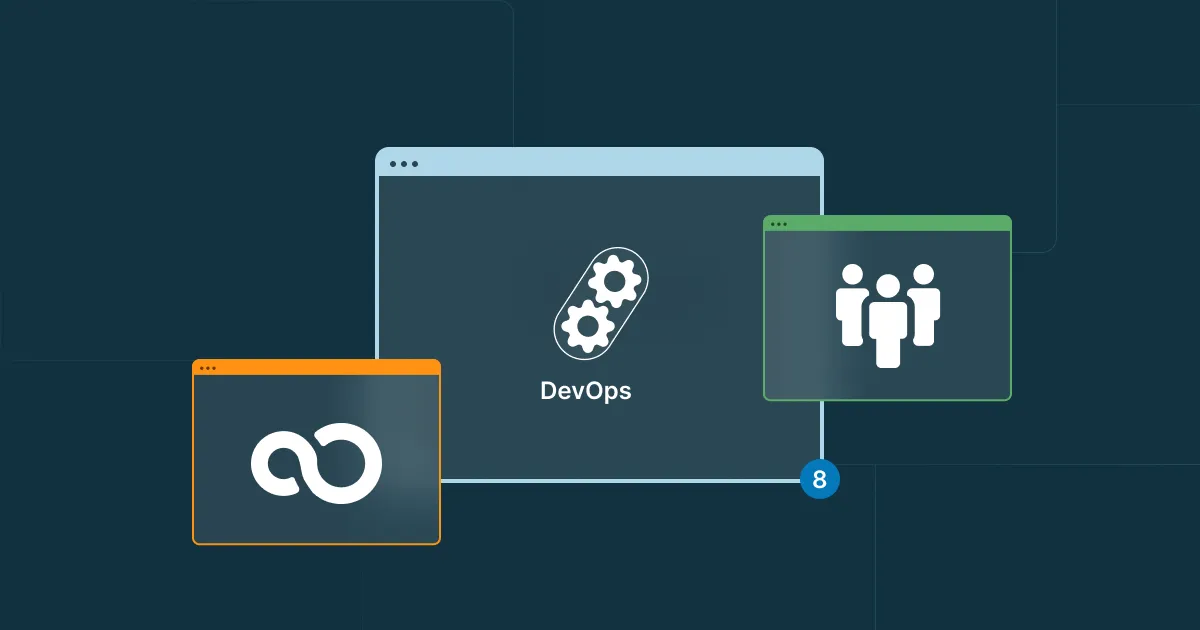Deploying New Strapi Versions with Microtica: A Technical Guide

Strapi is an open-source, headless CMS that enables developers to build flexible, API-first content platforms. Microtica provides cloud-based infrastructure delivery and management, designed to automate and simplify the deployment process for applications like Strapi. Both prioritize scalability, performance, and deployment efficiency, making them a natural fit for teams that want predictable, repeatable delivery pipelines.
This article focuses on best practices for deploying new Strapi versions using Microtica. We’ll cover strategies for automated and manual deployments, hybrid approaches for version control, multi-environment configuration, immutable infrastructure, and operational enhancements such as monitoring, scaling, and rollback mechanisms. The goal is to give you a practical, technically accurate workflow for managing Strapi versions in production environments.
Why Strapi Versions Matter
The Strapi team regularly ships new versions that include performance improvements, security patches, and occasionally breaking changes. Keeping your Strapi environments up-to-date ensures that your application benefits from the latest features and remains secure. However, frequent version updates mean you need a deployment strategy that minimizes downtime, reduces manual intervention, and provides rollback safety in case of regressions.
Getting Started: Deploying Strapi with Microtica’s Serverless Template
When deploying Strapi with Microtica for the first time, you can use the ready-made Strapi Serverless Template. This template provisions a fully managed AWS Fargate environment configured for serverless operation, removing the need to manually set up ECS tasks, load balancers, or networking. You can either create a new application in your connected Git repository or import an existing Strapi application when migrating to AWS.
Automated Deployment of Strapi Versions with Git Integration
One of Microtica’s core advantages is its CI/CD pipeline integration with popular version control systems such as GitHub or GitLab. By linking your repository, you can configure automated deployments for new Strapi versions with minimal manual steps.

- Branch-based Deployments – Select a branch for deployment when you create your Strapi application. This allows environment isolation (e.g.,
dev,staging,prod) and ensures that anygit pushto that branch triggers an automated build and deployment. - Preconfigured Microtica Pipeline – The
microtica.yamlfile included in the template defines a build → test → deploy sequence. You can customize pipeline stages in your repository, giving you fine-grained control over testing, build arguments, and environment-specific configurations. - Version Tagging and Change Tracking – Tagging releases in Git allows you to track exactly which Strapi version is deployed in each environment. You can roll back to previous tags instantly, minimizing downtime in case of version-related issues. Filepath-based triggers can be added to build only when certain files (e.g.,
package.jsonor/src) are modified, reducing unnecessary deployments.
Manual Deployment for Controlled Rollouts
Microtica’s UI lets you manually trigger the deployment pipeline without pushing new commits. While less common in high-automation setups, manual deployments are useful when:

- Performing a major upgrade between Strapi LTS versions.
- Coordinating releases with non-technical stakeholders.
- Running final regression tests before pushing to production.
In these cases, you can validate the new Strapi version in a staging environment before initiating production deployment.
Hybrid Deployment Approach
Many teams combine both automated and manual strategies:
- Automated Deployments – For patch releases and minor version updates that do not introduce breaking changes.
- Manual Deployments – For major Strapi versions or feature-heavy releases that need controlled rollouts and stakeholder sign-off.
This approach leverages automation for speed while retaining manual oversight when required.
Managing Multiple Environments for Strapi Versions
Strapi deployments often require different configurations across environments:
- Development: Rapid iteration, minimal caching, verbose logging.
- Staging/Test: Feature parity with production but isolated data sets.
- Production: Optimized caching, reduced logging overhead, full autoscaling.
Microtica allows you to create isolated environments per project, each with its own environment variables, AWS resources, and branch mappings. Switching between Strapi versions in different environments is as simple as pushing to the correct branch or triggering a manual deployment.
Environment Variables and Configuration Management
Through Microtica’s UI, you can define and manage environment variables without hardcoding them into your Strapi codebase. Common variables include database URLs, API endpoints, JWT secrets, and caching strategies. This not only makes deployments more secure but also ensures configuration drift does not occur between environments.

Immutable Infrastructure for Strapi Deployments
Microtica’s deployment model uses immutable infrastructure principles, meaning new versions of your Strapi application are deployed to fresh instances rather than modifying existing infrastructure in place. This approach:
- Eliminates environment drift.
- Simplifies rollback by re-deploying a previous build.
- Increases consistency between environments.
Infrastructure configurations are stored as code using AWS CloudFormation, enabling version control for infrastructure alongside your application code.
Operational Enhancements for Strapi Version Deployments
To ensure stability and performance after deploying new Strapi versions, you can integrate the following operational practices into your Microtica pipeline:
- Continuous Testing – Add automated tests (unit, integration, E2E) to your pipeline to catch issues before deployment.
- Real-time Monitoring & Logging – Microtica provides CPU, memory, and request metrics out of the box. In version 3.0, you can use advanced dashboards, incident tracking, and alert systems for proactive performance management.
- Autoscaling – Configure scaling thresholds so that Strapi instances automatically adjust to traffic spikes without manual intervention.
- Resource Optimization – Use Microtica’s cost optimization insights to identify underutilized resources and reduce spend.
Conclusion
Deploying new Strapi versions with Microtica provides a streamlined, infrastructure-as-code-based approach that combines automation with the flexibility to handle complex release scenarios. By adopting branch-based deployments, tagging, multi-environment configurations, immutable infrastructure, and robust monitoring, teams can keep their Strapi installations current without sacrificing reliability or stability.
Subscribe to receive the latest blog posts to your inbox every week.
*By subscribing you agree to with our Privacy Policy.

Relevant Posts



